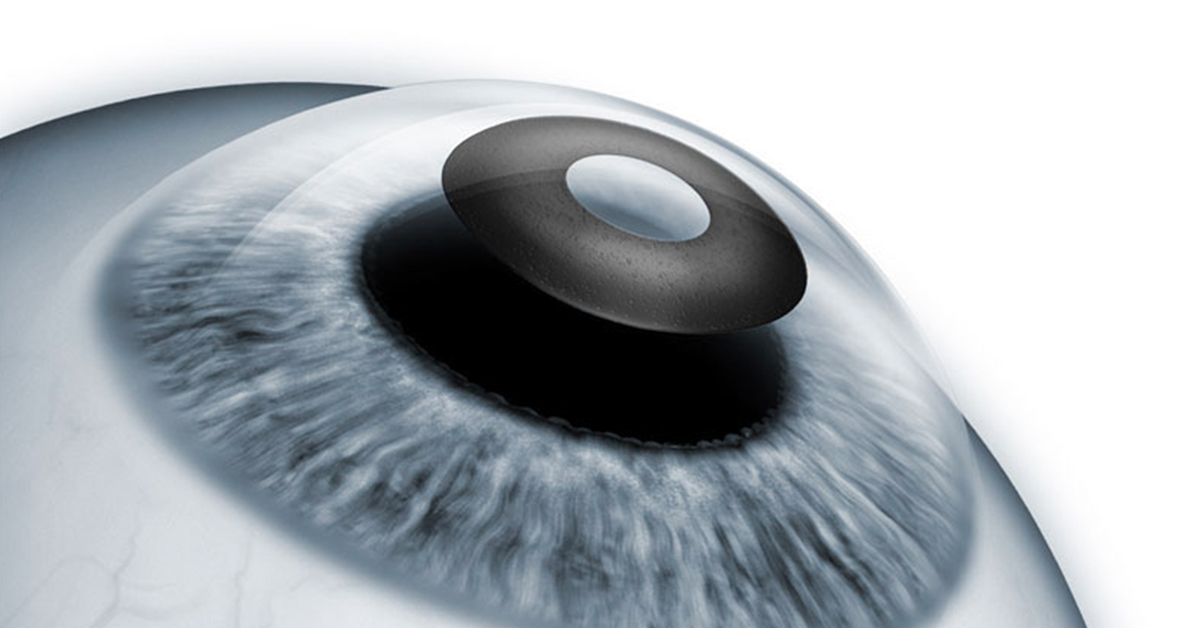TREATING PRESBYOPIA
Presbyopia is when your eyes gradually lose the ability to see things clearly up close. It is a normal part of aging. In fact, the word "presbyopia" means "old eye" in Greek. You may start to notice presbyopia shortly after age 40. You will probably find that you hold reading materials farther away in order to see them clearly.
WHAT CAUSES PRESBYOPIA?
Your clear lens sits inside the eye behind your colored iris. It changes shape to focus light onto the retina so you can see. When you are young, the lens is soft and flexible, easily changing shape. This lets you focus on objects both close-up and far away. After age 40, the lens becomes more rigid. It cannot change shape as easily. This makes it harder to read, thread a needle, or do other close-up tasks.
There is no way to stop or reverse the normal aging process that causes presbyopia. However, presbyopia can be corrected with eyeglasses, contact lenses or surgery. If you do not correct presbyopia, you may be bothered by headaches and eye strain.
READING GLASSES
If presbyopia is your only vision problem (you do not have nearsightedness, farsightedness or astigmatism), glasses may be all you need. Reading glasses help correct close-up vision problems by bending (refracting) light before it enters your eye. They can be bought without a prescription, but the specific power of reading glasses that you need should be determined by an eye exam.
REFRACTIVE SURGERY
Some people decide to have surgery to achieve monovision. This can reduce their need for glasses for near and far objects. Using a laser, an ophthalmologist reshapes the cornea for clear far vision in one eye and close-up vision in the other.
In many ways, this is like wearing monovision contact lenses. Your ophthalmologist may suggest that you try monovision lenses before having LASIK surgery. That way you can tell if monovision is a comfortable option for you.
CORNEAL INLAYS
Corneal inlays and corneal onlays are tiny lenses or other optical devices that are inserted into the cornea to improve reading vision. Some of these devices resemble very small contact lenses. The primary purpose of these devices is to improve near vision and reduce the need for reading glasses in older adults who have presbyopia.
As their names suggest, corneal inlays and onlays differ in where they are implanted within the cornea: corneal onlays are placed near the surface of the eye, directly under the thin outer layer of the cornea called the epithelium; inlays are placed deeper in the cornea — in the thicker middle layer called the stroma.
Corneal inlays are placed within the central stromal layer of the cornea; corneal onlays are positioned just beneath the outer epithelium.
Because they are implanted deeper in the cornea, corneal inlays may be more stable and deliver more predictable and long-lasting results than corneal onlays. For these reasons, it appears corneal inlays will likely be the preferred device for doctors and patients interested in this refractive surgery option.
Corneal inlay surgery sometimes can be combined with LASIK surgery to correct both presbyopia and nearsightedness, farsightedness and/or astigmatism.















